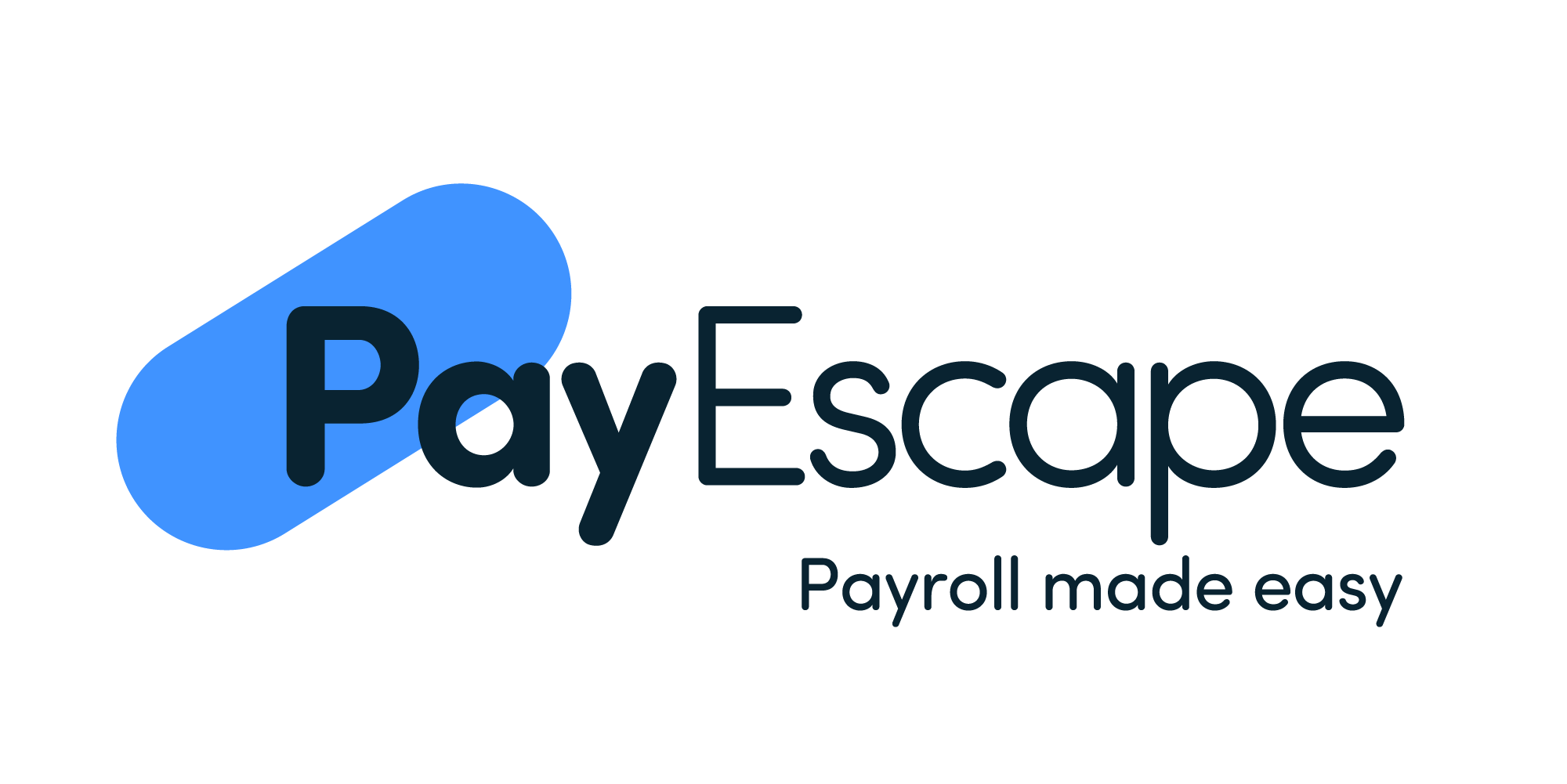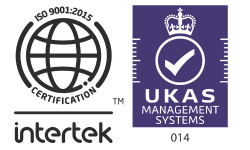Onboarding is an important step in the HR process of recruitment, it’s finding the right fit for the role, and workplace and a poor onboarding experience can lead to high turnover, low engagement, and wasted resources.
Effective onboarding ensures employees integrate smoothly, feel valued, and begin contributing faster, but how do you know if you’re doing it correctly?
We have put a list together of the top onboarding mistakes to avoid for any business in the hiring process.
1. Lack of Preparation Before the First Day
Many businesses fail to prepare properly for a new hire’s arrival. This includes missing IT setups, incomplete paperwork, or unorganised schedules. Some even prepare last minute on the day of arrival which wastes the new employees time, and could result in them feeling the workplace is inefficient and may not want to come back the next day.
To avoid this issue arising HR should create a preboarding checklist that includes workspace setup, access credentials, and an agenda for the first week. Involving line managers in this prep phase is also essential to ensure alignment with role-specific expectations.
When choosing a HR consultancy service, you gain access to expert support for building efficient onboarding frameworks. Our consultancy helps businesses implement best-practice onboarding systems and design repeatable, scalable workflows for new starters.
2. No Structured Onboarding Process
A common issue is relying on ad-hoc onboarding. When there’s no clear structure, new employees are left unsure of what to do or who to turn to. This can lead to challenges with feeling part of the team, not knowing who is in charge of what and who to turn to may lead employees feeling isolated in the beginning which is a rocky road to start on.
Your HR team should introduce a formal onboarding programme that spans the first 30, 60, and 90 days. Include job-specific training, cultural induction, and regular check-ins with HR and line managers. Our leadership development management tools ensure managers are equipped to onboard new team members effectively.
Leadership training helps managers understand their role in the onboarding process and how to create a supportive and welcoming experience from day one.
3. Ignoring Cultural and Role Integration
Cultural integration means helping a new hire understand how things are done in your organisation, not just what gets done. It’s about introducing them to the values, behaviours, communication styles, and unspoken norms that shape day-to-day life at work.
Without this, new employees often feel like outsiders. They might technically know their job, but if they don’t feel aligned with the team or the workplace culture, they’re unlikely to stick around.
Businesses should align onboarding with the company’s values and objectives. Ensure each new hire understands how their role contributes to the wider business. Host team introductions and assign mentors to encourage relationship-building.
With our business change management expertise, we help organisations manage transitions, such as growth or restructuring that impact onboarding processes. We ensure your onboarding supports strategic alignment, not just operational tasks.
4. Poor Communication Between Teams
Departmental teams often work in silos, leading to misaligned expectations and confusion for the new hire, if departmental teams don’t have a reason to work together in business internal meetings then they should make the effort to do so on breaks and wellness days and office get togethers, businesses should have monthly meetings where all departments get together and ensure HR, IT, line managers, and other departments collaborate and communicate effectively.
Introduce cross-functional workflows and shared onboarding goals. Our HR software solutions enable cross-departmental collaboration through automated workflows and centralised data.
You can track onboarding progress, assign tasks, and ensure nothing gets missed, improving transparency and accountability across your organisation.
5. No Long-Term People Planning
Many businesses treat onboarding as a one-off event rather than part of a long-term workforce strategy. People stay when there are personal achievements and development for themselves. Onboarding should be tied into your overall people planning and costing strategy.
Understanding the full cost of onboarding, training, and productivity ramp-up helps HR teams forecast needs and resources effectively.
Our people planning and costing tools provide insights into workforce forecasting and cost management. We help you optimise staffing levels, reduce onboarding waste, and ensure employees become productive assets faster.
Why Onboarding is More Than Just a Process
A well-structured onboarding process doesn’t just help new employees settle in. It contributes to long-term performance, retention, and engagement. It’s also the first step in building an asset policy.
A structured approach to treating your people as long-term value contributors, not just cost centres. PayEscape’s integrated HR solutions bring together onboarding, leadership development, change management, and workforce planning to support your people strategy from day one. With us, you don’t just onboard, you build.
What is the ideal length of an onboarding programme?
A comprehensive onboarding programme should ideally run for at least 90 days, with ongoing check-ins and role-specific training continuing for up to a year depending on the complexity of the role.
How can HR consultancy services improve onboarding?
We provide strategic support to design onboarding frameworks that align with your company goals, culture, and compliance needs. Whether you’re a growing business or restructuring, we help tailor onboarding to your needs.
How do people planning and costing services improve onboarding ROI?
We give you visibility into the costs and timelines associated with onboarding. You can forecast needs more accurately, identify efficiency gaps, and make informed decisions on hiring and training investments.
Can PayEscape support remote onboarding?
Yes. Our cloud-based HR platform supports remote documentation, virtual training, and onboarding progress tracking, making it easy to onboard hybrid and remote workers consistently.
















